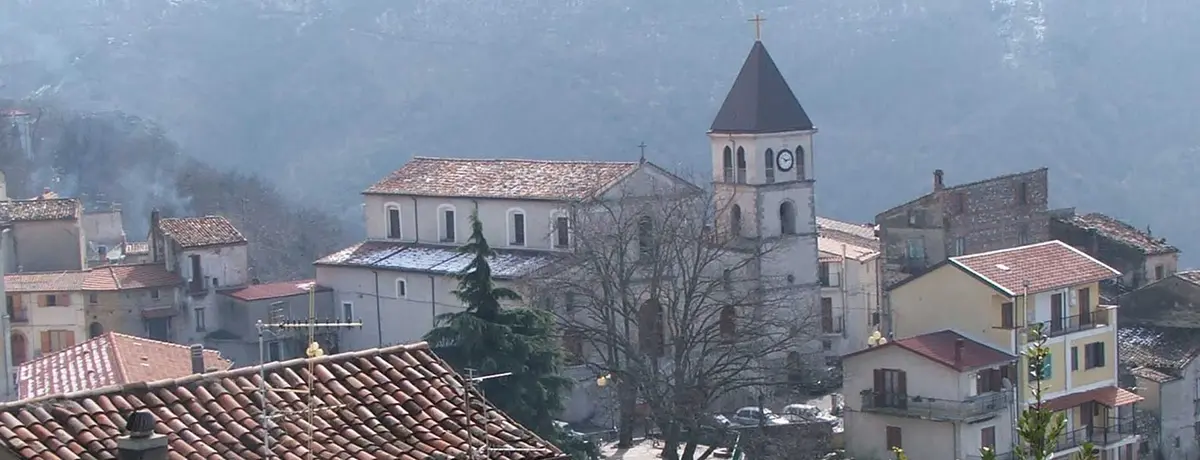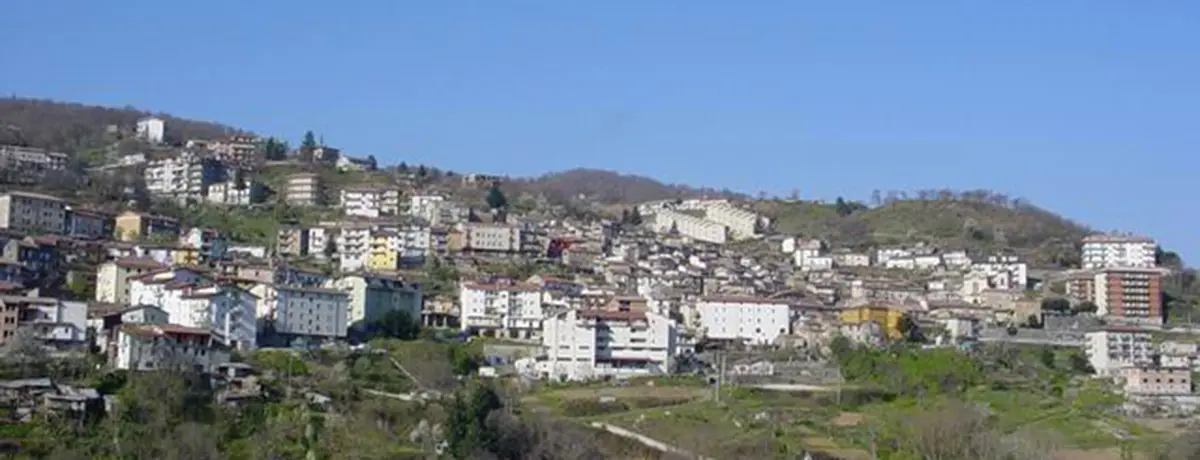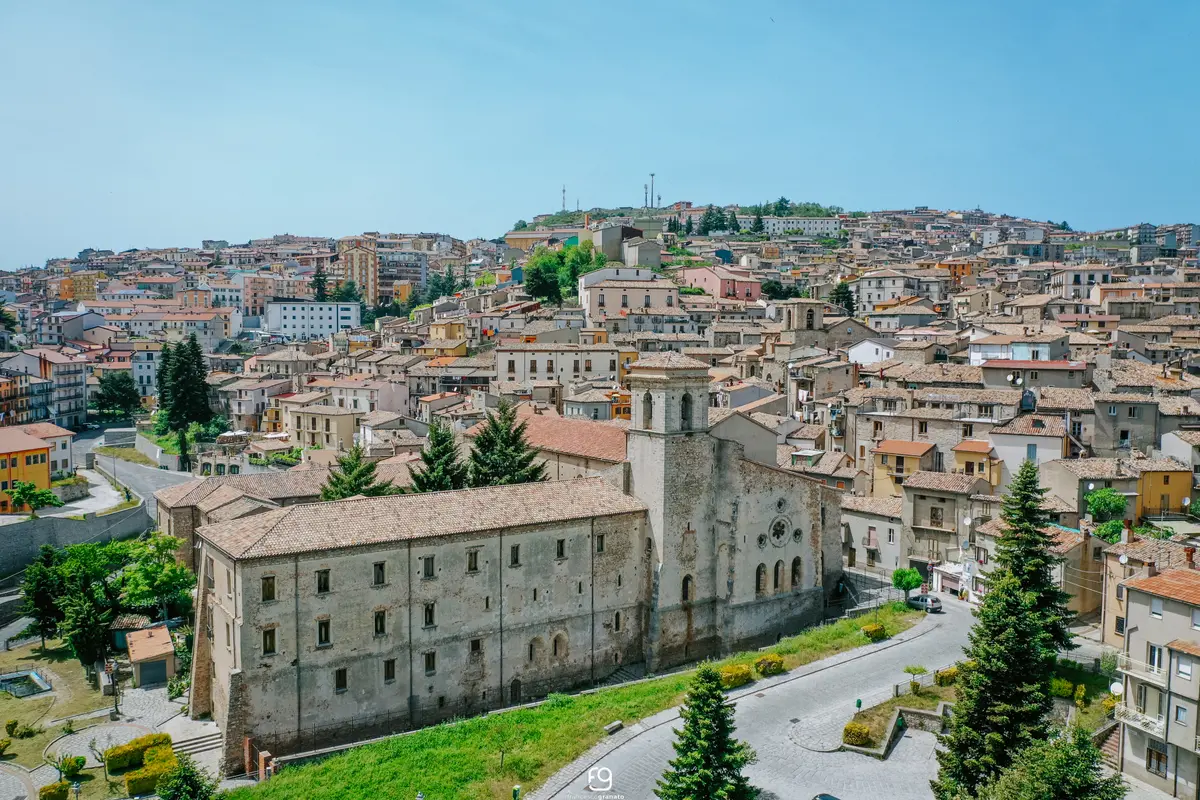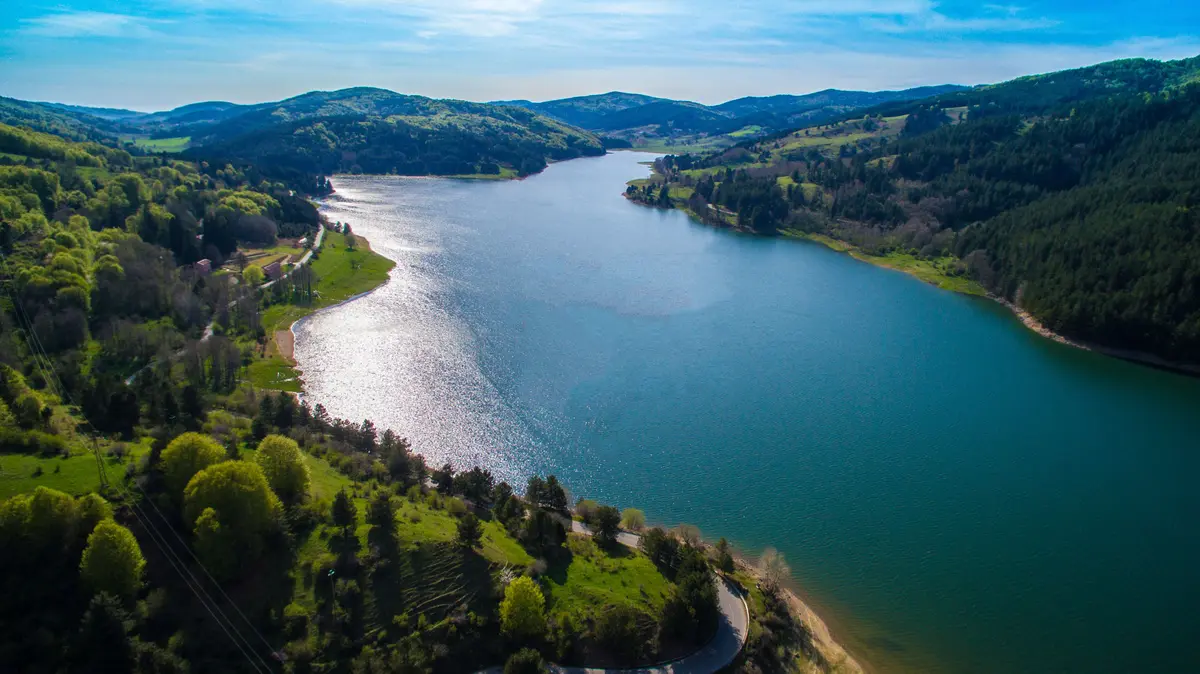Sila National Park
Come and breathe the best air in Europe!

Naturalistic parks
Parco Nazionale della Sila - Regione Calabria
The Sila National Park in Calabria extends between the provinces of Cosenza, Crotone and Catanzaro (Sila Grande, Sila Greca and Sila Piccola). Among the first five national parks founded in Italy, the Sila Park in Calabria finds its symbol in the Sila Wolf, an animal that has survived among these forests at the risk of national extinction.
Did you know that Sila, in Calabria, is also the place where you can breathe the best air in Europe? This has been certified by a team of expert biologists. Here you can find all kinds of reserves and visitor centres to combine with thematic trekking routes and many other activities in nature. Let's discover together what to do in Sila, what to see and what to taste...
In the Sila National Park, animals and plants coexist in 9 Biogenetic Nature Reserves. These include the Fallistro Giants Reserve, colossal trees that are more than 500 years old, and the Golia-Corvo Reserve, an area where deer (around 150 specimens) roam and settle. Sila, what to see? The unmissable Cupone Visitor Centre - Accessible Botanical Garden, a unique place to discover the wonders of the park, accessible to disabled and blind people, perfect for families with children. Also not to be missed is a visit to the historical tourist villages, such as Villaggio Mancuso, Monaco-Garcea (CZ) and Palumbo Sila (KR).
Among the sports activities that can be practised in the Sila Park in Calabria, you will be spoilt for choice depending on your interests and the season you visit: winter is for skiing enthusiasts in Sila (in the 2 ski and ski-lifting facilities of Lorica and Camigliatello Silano, both in the province of Cosenza); in spring, don't miss out on blossoming, orienteering, birdwatching, trekking, horse riding and cycling, along the Parks Cycle Route; summer is perfect for a boat trip between the Sila lakes, starting with Lake Cecita, a camping trip or a hot-air balloon flight. Autumn in Sila, Calabria, is the season for tasting branded products, among the excellences of the regional food industry, to which the best autumn festivals are dedicated: from the Sila Potato PGI to the Caciocavallo Silano PDO.
All seasons are perfect for a romantic ride on the Historical Train of Sila, on board of which costumed events and tastings are often held. Sila, what absolutely must see among the historical villages? The towns of Taverna (CZ), birthplace of the painter Mattia Preti, the ‘Calabrian Knight’, and San Giovanni in Fiore (CS), home to the famous Florense Abbey founded by the philosopher Joachim da Fiore.
Useful information
What to know about Sila National Park
Events
There are 17 events scheduled.
Where to Sleep
There are 244 available accommodations.
Places
There are 73 places to visit.
Travel Ideas
There are 79 travel ideas.
Infopoint San Giovanni in Fiore
Ente Parco, Via Nazionale, San Giovanni in Fiore
Infopoint Spezzano della Sila
Pro Loco Camigliatello, Via Roma, 146, Spezzano della Sila
Infopoint Longobucco
Piazza Matteotti, Longobucco
No result






